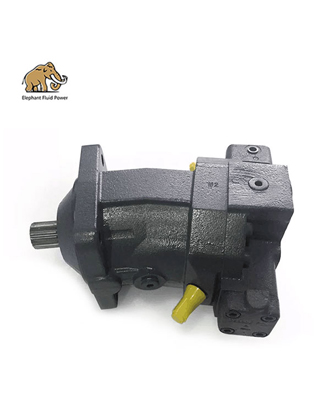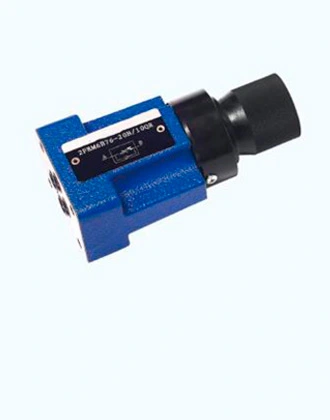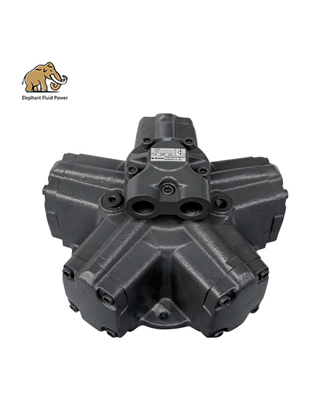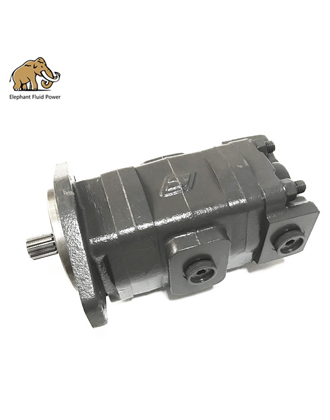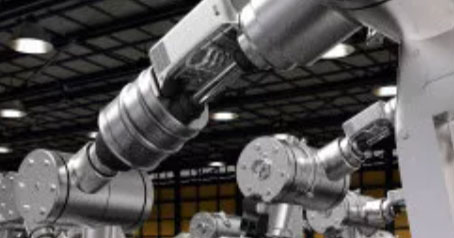Directional check valve has several main functions in its use: preventing fluid from flowing back, avoiding high pressure in the system, separating oil lines, forming actuating mechanisms with throttle valves, and preventing reverse actions.
Introduction to directional check valve
Directional check valve, also known as check valve or non-return valve, is a valve that only allows one-way flow of fluid without backflow. If a check valve is used in a hydraulic system, it can prevent oil from flowing in the opposite direction. If a check valve is used in a pneumatic system, it can prevent backflow of compressed air. If a regular one-way valve is used, it only has one function, which is to allow oil to flow in one direction and prevent backflow. If a check valve is installed at the outlet of a pump, it can prevent damage to the pump when the pressure suddenly increases in the system, serving as a check function.
The functions of directional check valve
When the pump is not working, directional check valve can also prevent oil in the system from flowing back to the tank. The check valve can also separate the oil lines to avoid mutual interference between different lines. When the check valve is combined with other valves, it can form a compound valve. If a directional check valve is connected in parallel with a throttle valve or a pressure reducing valve, it can form an actuator, enabling the fluid to flow slowly in the forward direction, and quickly in the opposite direction. Alternatively, it can reduce the flow rate when moving forward, and allow free flow back when moving backward. If a check valve is connected in series with a pressure valve, the pressure can be gradually increased and adjusted, preventing the effect of pressure reversal.
If a check valve is installed at the outlet of a pump, it can prevent the oil pump from being damaged due to sudden increases in system pressure, which is the function of start-stop. If a check valve is connected in parallel with a throttle valve or a pressure reducing valve, the actuator can be slow in the forward direction, and fast in the opposite direction, or slow down when moving forward, and allow free flow back when reversing. If a check valve is connected in series with a pressure valve, the pressure can be gradually increased and adjusted, preventing the effect of pressure reversal.
For hydraulic check valves, the check valve can be opened by controlling the oil circuit to reverse the flow of oil. Check valves are mainly used to control oil flow in one direction. Directional check valve is a directional control valve, which allows airflow to flow in only one direction, and cannot flow back. Check valves are used in applications where airflow cannot flow back, such as when an air compressor is used to fill an air tank. A check valve is installed between the air compressor and the air tank to prevent compressed air from flowing back into the air compressor when it stops working. Check valves are often combined with throttle valves and sequence valves to form a one-way throttle valve.
 French
French
 Portuguese
Portuguese
 Russian
Russian
 German
German
 Spanish
Spanish
 Japanese
Japanese
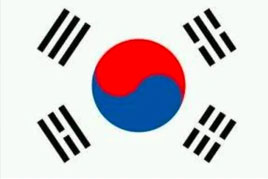 Korean
Korean
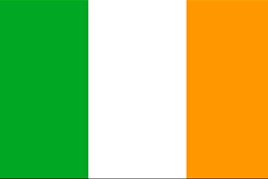 Irish
Irish
 Greek
Greek
 Turkish
Turkish
 Italian
Italian
 Danish
Danish
 Romanian
Romanian
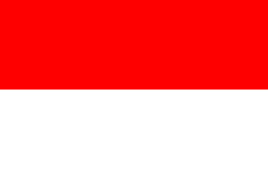 Indonesian
Indonesian
 Czech
Czech
 Afrikaans
Afrikaans
 Swedish
Swedish
 Polish
Polish
 Basque
Basque
 Catalan
Catalan
 Esperanto
Esperanto
 Hindi
Hindi
 Lao
Lao
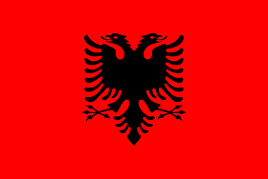 Albanian
Albanian
 Amharic
Amharic
 Armenian
Armenian
 Azerbaijani
Azerbaijani
 Belarusian
Belarusian
 Bengali
Bengali
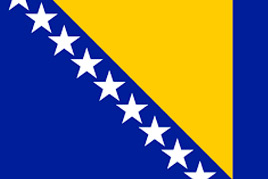 Bosnian
Bosnian
 Bulgarian
Bulgarian
 Cebuano
Cebuano
 Chichewa
Chichewa
 Corsican
Corsican
 Croatian
Croatian
 Dutch
Dutch
 Estonian
Estonian
 Filipino
Filipino
 Finnish
Finnish
 Frisian
Frisian
 Galician
Galician
 Georgian
Georgian
 Gujarati
Gujarati
 Haitian
Haitian
 Hausa
Hausa
 Hawaiian
Hawaiian
 Hebrew
Hebrew
 Hmong
Hmong
 Hungarian
Hungarian
 Icelandic
Icelandic
 Igbo
Igbo
 Javanese
Javanese
 Kannada
Kannada
 Kazakh
Kazakh
 Khmer
Khmer
 Kurdish
Kurdish
 Kyrgyz
Kyrgyz
 Latin
Latin
 Latvian
Latvian
 Lithuanian
Lithuanian
 Luxembourg
Luxembourg
 Macedoniar
Macedoniar
 Malagasy
Malagasy
 Malay
Malay
 Malayalam
Malayalam
 Maltese
Maltese
 Maori
Maori
 Marathi
Marathi
 Mongolian
Mongolian
 Burmese
Burmese
 Nepali
Nepali
 Norwegian
Norwegian
 Pashto
Pashto
 Persian
Persian
 Punjabi
Punjabi
 Serbian
Serbian
 Sesotho
Sesotho
 Sinhala
Sinhala
 Slovak
Slovak
 Slovenian
Slovenian
 Somali
Somali
 Samoan
Samoan
 Scots Gaelic
Scots Gaelic
 Shona
Shona
 Sindhi
Sindhi
 Sundanese
Sundanese
 Swahili
Swahili
 Tajik
Tajik
 Tamil
Tamil
 Telugu
Telugu
 Thai
Thai
 Ukrainian
Ukrainian
 Urdu
Urdu
 Uzbek
Uzbek
 Vietnamese
Vietnamese
 Welsh
Welsh
 Xhosa
Xhosa
 Yiddish
Yiddish
 Yoruba
Yoruba
 Zulu
Zulu

